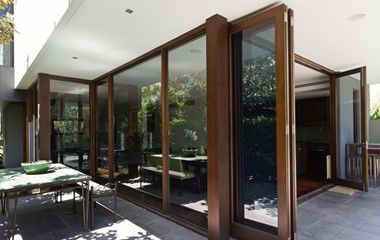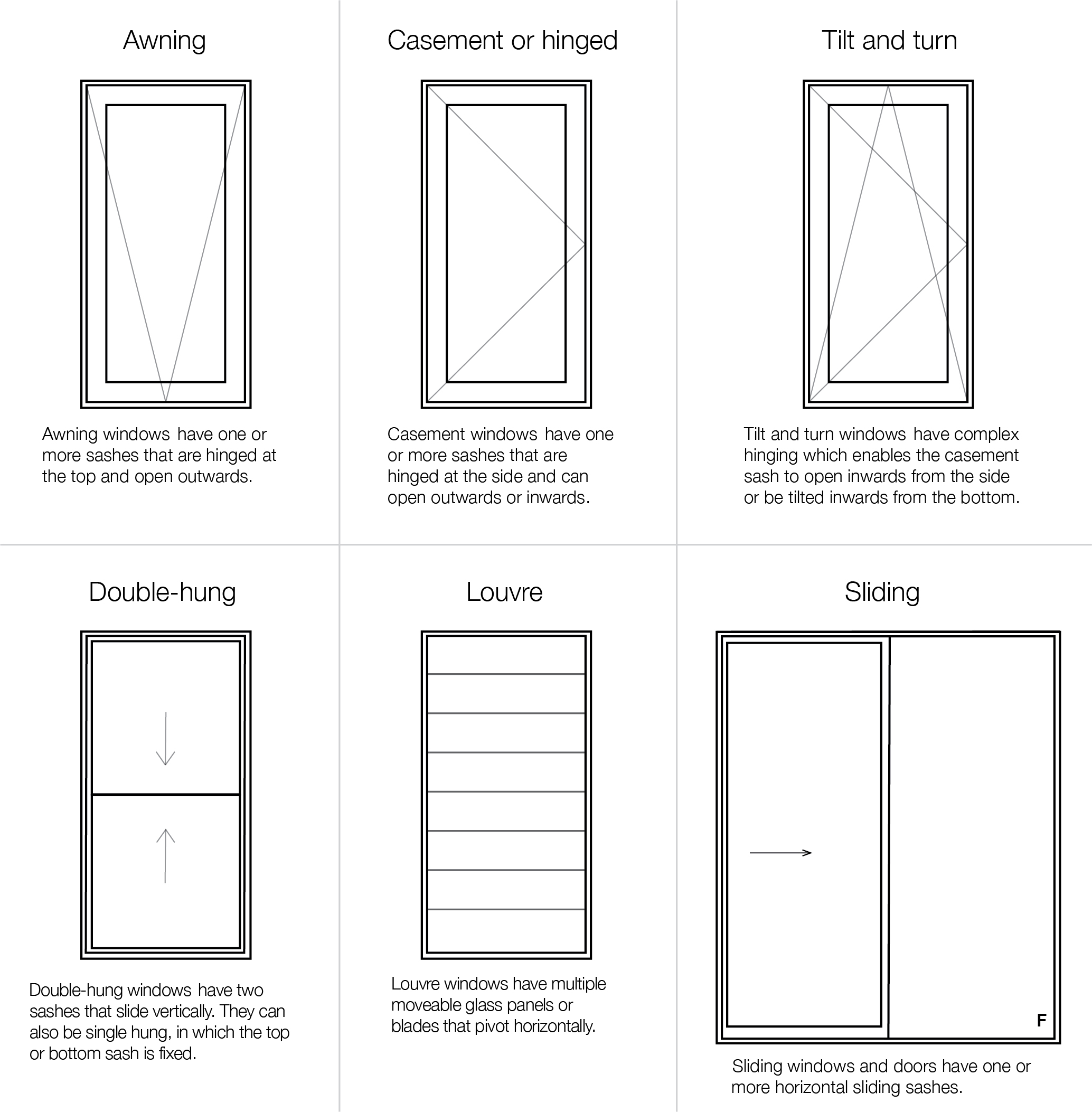All Categories
Featured
Table of Contents
Diy Double Glaze in Brookdale Western Australia
Glazing merely means the windows in your home, including both openable and fixed windows, in addition to doors with glass and skylights. Glazing actually just implies the glass part, but it is normally used to refer to all aspects of an assembly including glass, films, frames and furnishings. Focusing on all of these aspects will help you to achieve reliable passive style.
Energy-efficient glazing makes your home more comfy and dramatically decreases your energy expenses. Unsuitable or poorly designed glazing can be a major source of undesirable heat gain in summer season and substantial heat loss and condensation in winter season. Approximately 87% of a home's heating energy can be acquired and as much as 40% lost through windows.
Why Does Double Glazing Help To Keep Us Cool In Summer? in Koondoola Western Australia
Glazing is a significant investment in the quality of your house. A preliminary investment in energy-efficient windows, skylights and doors can considerably reduce your annual heating and cooling bill.

This tool compares window selections to a base level aluminium window with 3mm clear glass. Understanding a few of the essential properties of glass will help you to choose the finest glazing for your home. Key homes of glass Source: Adapted from the Australian Window Association The quantity of light that travels through the glazing is called visible light transmittance (VLT) or noticeable transmittance (VT).
Energy Efficient Windows: Choose The Best Option For Your ... in Beldon Western Australia
The U value for windows (expressed as Uw), explains the conduction of the whole window (glass and frame together). The lower the U value, the higher a window's resistance to heat circulation and the better its insulating worth.
If your house has 70m2 of glazing with aluminium frames and clear glass with a U worth of 6. 2W/m2 C, on a winter's night when it is 15C cooler outside compared to inside your home, the heat loss through the windows would be: 6. 2 15 70 = 6510W That is equivalent to the overall heat output of a big room gas heating unit or a 6.
Why Do You Need Double Glazing Windows In Summer? in Cooloongu Perth

If you select a window with half the U worth (3. 1W/m2 C) (for instance, double glazing with an argon-filled space and less-conductive frames), you can cut in half the heat loss: 3. 1 15 70 = 3255W The solar heat gain coefficient (SHGC) for windows (expressed as SHGCw) determines how easily heat from direct sunlight streams through a whole window (glass and frame together).
The lower a window's SHGC, the less solar heat it transmits to the house interior. The actual SHGC for windows is impacted by the angle that solar radiation strikes the glass.
Double Glazing Vs Triple Glazing For Windows (2023) in Darling Downs Perth
When the sun is perpendicular (at 90) to the glass, it has an angle of occurrence of 0 and the window will experience the maximum possible solar heat gain. The SHGC stated by glazing makers is always computed as having a 0 angle of occurrence. As the angle increases, more solar radiation is shown, and less is sent.
Latest Posts
Diy Double Glaze in Koondoola WA
Glass Selector - Custom Single & Double Glazed ... in Midvale Perth
Does Double Glazing Keep Heat Out in Woodvale Western Australia